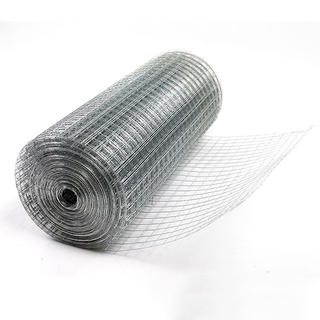Sep . 28, 2024 01:29 Back to list
Overview of Deformed Steel Bars Production and Usage in China
The Evolution of Deformed Steel Bars in China
In recent years, China has emerged as a global leader in the production and consumption of construction materials, particularly deformed steel bars. These bars have become indispensable in the construction industry due to their superior mechanical properties and cost-effectiveness. The evolution of deformed steel bars in China reflects a combination of traditional practices and modern engineering innovations.
What are Deformed Steel Bars?
Deformed steel bars, often referred to as rebar, are steel products used to reinforce concrete structures. They feature surface deformations that improve the bond between the steel and concrete, thereby enhancing the overall strength and resilience of the construction. Their primary benefit lies in their ability to withstand tensile forces, which is crucial for structures subjected to dynamic loads, such as buildings and bridges.
The Growth of the Construction Industry
The rapid growth of urbanization and infrastructure development in China over the past few decades has significantly increased the demand for deformed steel bars. As cities expand, the need for durable and resilient structures has become paramount. China's government, recognizing the pivotal role of infrastructure in economic development, has invested heavily in projects such as highways, railways, and skyscrapers. This surge in construction activity has driven the production of deformed steel bars, with manufacturers ramping up output to meet the growing needs of the market.
Technological Advancements
China's steel industry has seen remarkable advancements in manufacturing technologies, particularly in the production of deformed steel bars. Traditional methods of production have been complemented by state-of-the-art techniques, such as continuous casting and rolling processes. These innovations enable manufacturers to produce bars with consistent quality and precise specifications, which are crucial for meeting the stringent demands of modern construction.
Additionally, improvements in steelmaking processes, such as the use of Electric Arc Furnaces (EAFs) and enhanced raw material quality, have contributed to the production of high-strength deformed steel bars. The development of various grades of steel and the implementation of quality control measures have further ensured that these products meet national and international standards.
Environmental Considerations
china deformed steel bar

As concerns over environmental sustainability continue to grow, the steel industry in China is actively looking for ways to minimize its carbon footprint. The production of deformed steel bars has not been exempt from this scrutiny. Manufacturers are exploring eco-friendly practices such as recycling scrap steel, utilizing energy-efficient technologies, and reducing waste in the production process. These efforts not only contribute to sustainability but also improve the overall efficiency of manufacturing operations.
Challenges and Market Dynamics
Despite its impressive growth, the deformed steel bar market in China faces several challenges. Fluctuations in raw material prices, particularly iron ore and scrap steel, can affect production costs and profitability. Furthermore, international trade tensions and tariffs can impede exports, impacting the competitiveness of Chinese manufacturers in the global market.
Another challenge is the overcapacity in the steel industry. While demand remains high, the production capabilities have sometimes outpaced the actual market needs, leading to issues such as price instability and excess inventory. To address these concerns, the Chinese government has implemented measures to regulate production output and support sustainable growth in the industry.
Future Prospects
Looking ahead, the future of deformed steel bars in China appears promising. With ongoing urbanization and the need for infrastructure improvements, the demand for high-quality reinforcement materials is expected to continue on an upward trajectory. Additionally, the push for sustainable construction practices may lead to increased interest in deformed steel bars manufactured through environmentally friendly processes.
Furthermore, as China continues to invest in smart city initiatives and advanced building technologies, the specifications and applications for deformed steel bars are likely to evolve, presenting new opportunities for innovation and investment in the sector.
Conclusion
In summary, the evolution of deformed steel bars in China represents a fascinating intersection of tradition and modernity. The industry's ability to adapt to market demands, embrace technological advancements, and respond to environmental concerns will be crucial in shaping its future. As China continues to lead in the construction of resilient infrastructure, deformed steel bars will undoubtedly play a vital role in this transformative journey.
-
Durable Welded Wire Mesh for Industry Factory | Custom Solutions
NewsAug.27,2025
-
Durable Welded Wire Mesh for Industry Factory - High Quality
NewsAug.26,2025
-
Leading Galvanized Steel Fence Factory | Durable & Secure Fencing
NewsAug.24,2025
-
Welded Wire Mesh for Industry Factory - Durable & Custom Solutions
NewsAug.23,2025
-
Your Galvanized Steel Fence Factory - Strong, Durable Solutions
NewsAug.22,2025
-
Welded Wire Mesh for Industry: Factory Direct & Custom Solutions
NewsAug.21,2025

